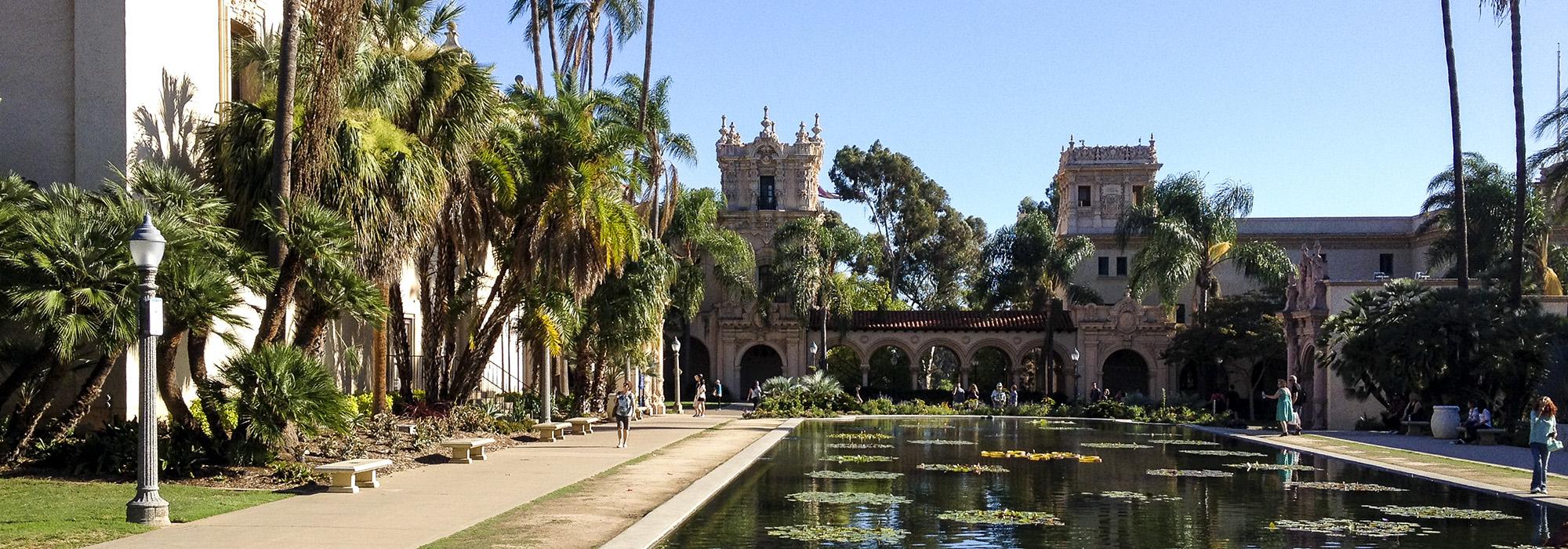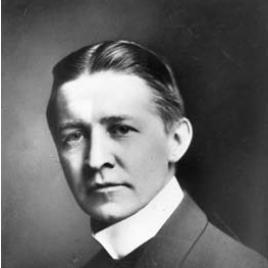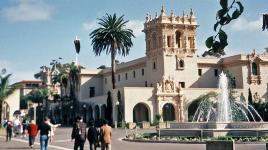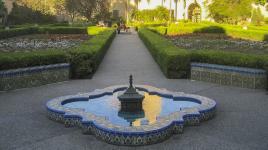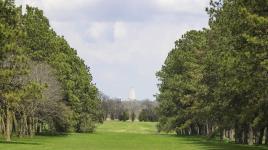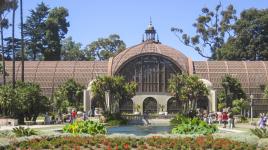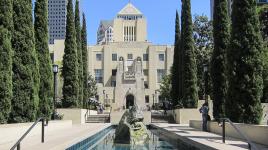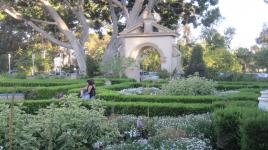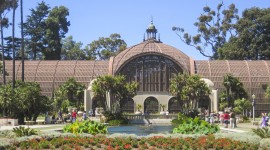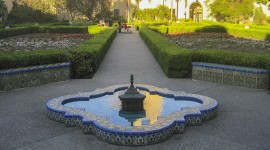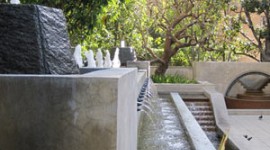Pioneer Information
Born in Pomfret, Connecticut, Goodhue had no formal training as an architect. At fifteen, he apprenticed and later worked as a draftsman for the architecture firm Renwick, Aspinwall and Russell in New York City. In 1892 he was employed by Ralph Adams Cram and Charles Wentworth in Boston, eventually becoming a partner in their firm.
The firm was renamed Cram, Goodhue & Ferguson in 1897 after the death of Wentworth. Six years later, Goodhue opened a New York office, which he retained when the firm split in 1913. Known for his ability to synthesize styles, his projects show Gothic, Romanesque, Art Deco, and Spanish-Revival influences, among others. His many commissions include the Nebraska State Capitol; the master plan for the California Institute of Technology; the campuses for Rice and Princeton Universities; St. Thomas Episcopal Church, New York City; and the site plan and Spanish Colonial Revival style buildings for the 1915 Panama-California Exposition in San Diego’s Balboa Park.
In addition to his architectural work, he worked independently as an illustrator and typeface designer, creating the popular Cheltenham style. Upon his death, Goodhue was entombed at the Church of the Intercession in Washington Heights, New York, one of his own commissions.



